International ‘cleaner fish’ project looks at conservation concerns, culture practices
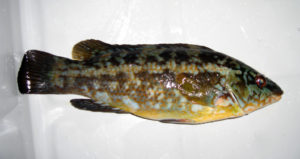
An international project involving Norway, Scotland, Ireland and Russia has been established to develop the commercial rearing of Ballan wrasse (Labrus bergylta) and methods for the successful use of the fish to control sea lice in cod and salmon cages. The Ecofish project is supported by the European Union’s Northern Periphery Programme.
The strategic partnership that developed the project included Daithi O’Muruchu Marine Research Station in Ireland, Fjord Research Station Ltd. and Kvarøy Fish Farm Ltd. in Norway, and the Ardtoe Marine Laboratory and Panfish Ltd. in Scotland. The aquaculture associations Bord Iascaigh Mhara in Ireland and the Scottish Salmon Producers Organisation also participated. From the university sector came the Faculty of Aquaculture and Bioscience of Bodø University College in Norway, as well as the National University of Ireland, Martin Ryan Institute in Ireland and Bioforsk – Norwegian Institute for Agriculture and Environmental Research.
It is hoped that the team approach and collaboration between countries in the Northern Periphery area will be able to solve the technical aspects of rearing Ballan wrasse and enable the fish to be readily available to fish farmers at a suitable time.
Wrasse and lice control
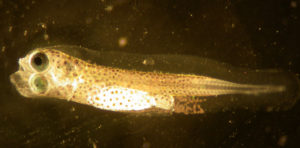
The rapid expansion of finfish farming in northern Europe has focused attention on problems caused by a variety of pest organisms. One of the most serious of these is sea lice, both Lepeophtheirus salmonis and Caligus elongatus.
The organic farmed salmon and cod market has been identified as an important niche, but the use of medicated feed to control sea lice may not be acceptable in the future to achieve organic certification. Thus, a cost-effective and sustainable solution to sea lice infestation is clearly an urgent priority for the aquaculture industry.
The lice-eating Ballan wrasse offers a practical solution to control lice in an environmentally friendly way that can also add value to the final product.
Experience in Norway, Scotland and Ireland with different sizes and species of wrasse indicated the fish are effective in controlling sea lice. Further reports from Norway and Scotland confirmed the use of wild-caught Ballan wrasse to clean lice from farmed salmon. Ballan wrasse cleaned lice from larger salmon, reducing lice numbers in trials of 3- to 7-kg salmon from 60 to 1/fish over four weeks, confirmed by lice counts and stomach analyses. Fig. 1 shows the lice reduction achieved by goldsinny wrasse over the same period of time.
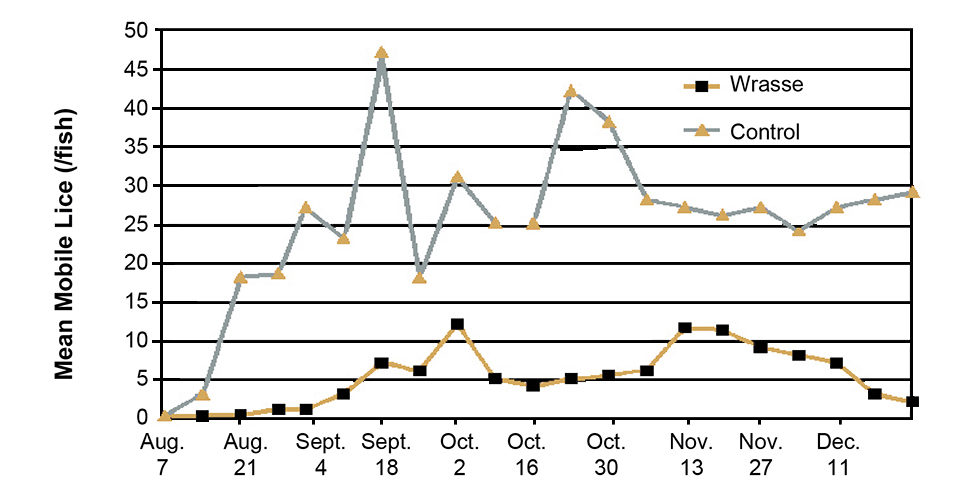
Preliminary trials have showed trials showed Ballan wrasse may be more suitable than smaller wrasse with larger salmon in their second year of production.
Wrasse culture
While wrasse have been used in sea lice control, there have been reservations about fishing the wrasse from wild stocks, with possible erosion of local stocks and changes in population structure. There have also been concerns regarding potential diseases that might be transferred to the farmed setting by using wild fish.
Although corkwing and goldsinny wrasse have been reared previously, there has been no report of commercial-scale rearing success with Ballan wrasse. While cod culture is expanding, the use of cleaner fish to remove lice from cod has not been examined previously.
Rearing cleaner fish
The Ecofish project will develop methods and technology to rear the cleaner fish for use by the cod- and salmon-farming industries in the partner countries. The physical outcome of the project will be a substantial number of wrasse for farm testing. Dedicated marine hatchery areas to rear wrasse will be established in Ireland, Norway and Scotland, with a focus on close collaboration and exchange of information.
Among other objectives, the project will establish productive broodstock wrasse in regional hatcheries to supply a constant and reliable supply of wrasse eggs for larval rearing. It will also develop rearing procedures that ensure maximum survival and rapid growth to enable wrasse to be stocked in a short period. Project partners will then make recommendations to the salmon-farming industry on proven lice control systems using wrasse.
Initial results
Currently, broodstock fish are being caught to establish adequate breeding populations. Suitable diets and spawning substrates are being tested for the broodfish. Spawning tanks are typically 2-4 meters in diameter and 1.0-1.5 meters in depth to permit the recovery of eggs. As Ballan wrasse shed demersal eggs that adhere to rock and seaweed surfaces, a variety of substrates is being examined, including gravel, stones, pipes, pottery tiles, artificial turf and shredded polyethylene bags.
In the first trials, eggs took 10 days to develop at 10 degrees-C. The elongated larvae were 4.6 mm long and had a pigmented band near their tails. After 11 days, the larvae displayed extensive pigmentation. Initial feeding was on rotifers at a density of 5 rotifers/ml. Different species of micro-algae are being tested for feed and enrichment of rotifers, as well as establishing greenwater in the rearing tanks.
Like other fish, Ballan wrasse are susceptible to diseases. One common disease is an atypical form of furunculosis that induces septicemia. This disease affected two broodstock populations of wild-caught Ballan wrasse in Norway after transportation from the fishing area to the breeding station. In a third transport, when fish were vaccinated two weeks before transport, there was no mortality or sign of disease after transport.
These and other areas of work will be followed and reported once information is available.
(Editor’s Note: This article was originally published in the November/December 2008 print edition of the Global Aquaculture Advocate.)
Now that you've reached the end of the article ...
… please consider supporting GSA’s mission to advance responsible seafood practices through education, advocacy and third-party assurances. The Advocate aims to document the evolution of responsible seafood practices and share the expansive knowledge of our vast network of contributors.
By becoming a Global Seafood Alliance member, you’re ensuring that all of the pre-competitive work we do through member benefits, resources and events can continue. Individual membership costs just $50 a year.
Not a GSA member? Join us.
Authors
-
O.H. Ottesen
Bodø University College
8047 Bodø
Norway[111,110,46,111,98,105,104,64,110,101,115,101,116,116,111,46,114,97,118,100,100,111]
-
Å. Karlsen
Bodø University College
8047 Bodø
Norway -
J. Treasurer
Ardtoe Marine Laboratory
Ardtoe, Acharacle, Scotland -
R. Fitzgerald
Martin Ryan Marine Science Institute
National University of Ireland
Galway, Ireland -
J. Maguire
Daithi O’Murchu Marine Research Station
Bantry, County Cork, Ireland -
C. Rebours
Bioforsk
Bodø, Norway -
N. Zhuravleva
Murman Marine Biological Institute
Murman Technical University
Russia
Tagged With
Related Posts
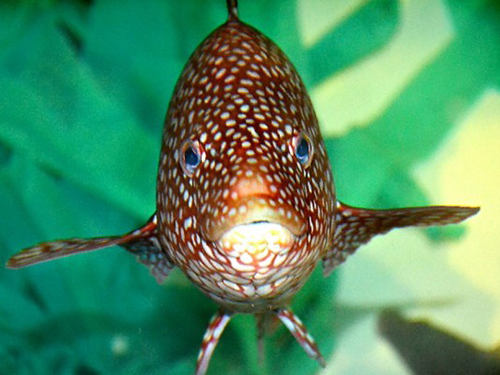
Health & Welfare
Extensive wrasse use keys up ‘cleaner fish’ conservation questions
Few could argue that a reduction in sea lice-fighting chemicals isn't a win for the fish and for the environment. The downside, however, is that increasing numbers of cleaner fish are being caught for use on salmon farms.
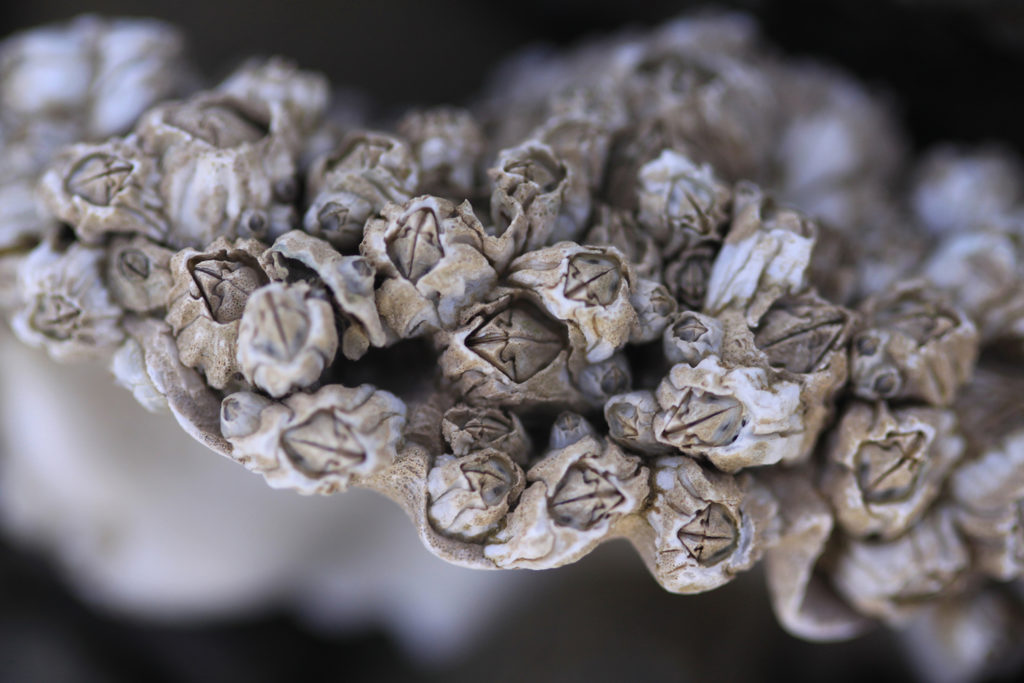
Aquafeeds
Barnacles to shake up live feeds for aquaculture?
Norwegian startup Planktonic AS believes that it has hit upon a viable alternative to traditional live diets in the form of nauplii from barnacles.
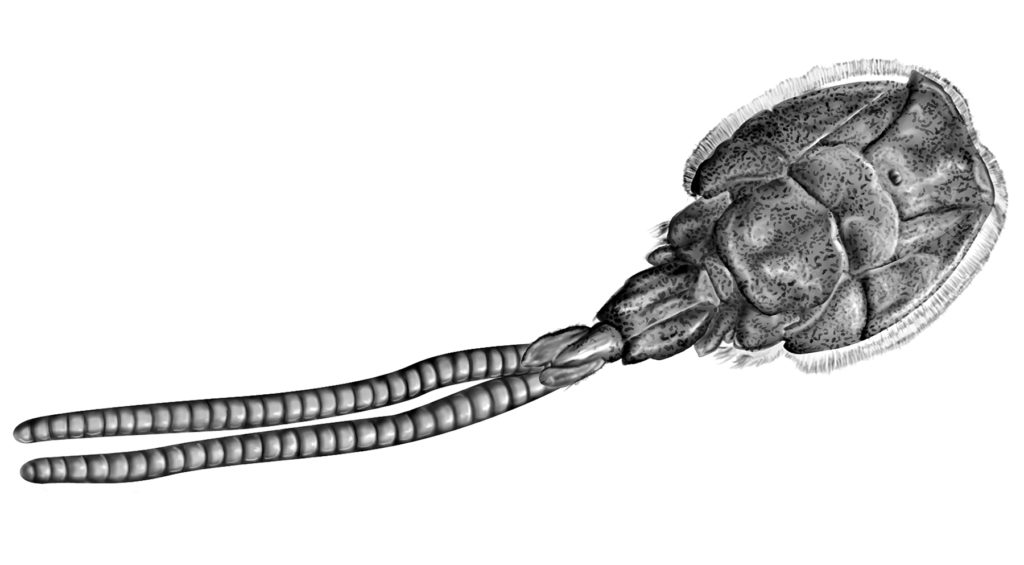
Health & Welfare
Animal health giants have sea lice in their crosshairs
Alltech and Benchmark have been working on the next generation of sea lice solutions and believe they have new products that can help salmon farmers win.
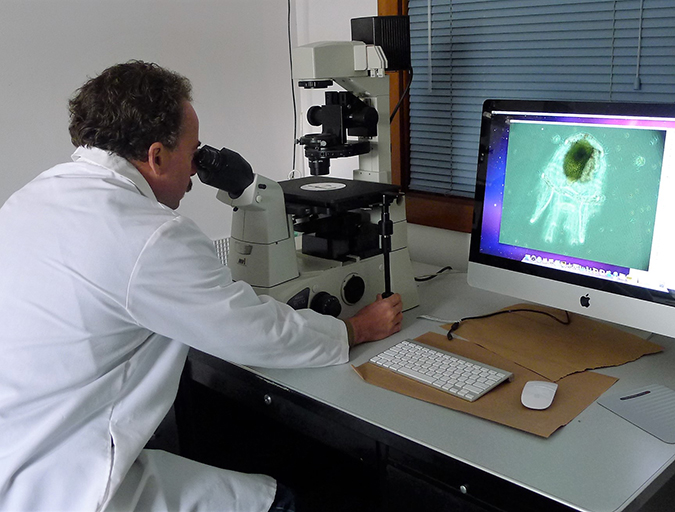
Innovation & Investment
Better together: Partnerships drive innovation at leading labs
Laboratories with industry partnerships are making aquaculture more innovative, efficient and responsible. These collaborations offer access to expertise, facilities and funding to further the industry and improve global food security.



